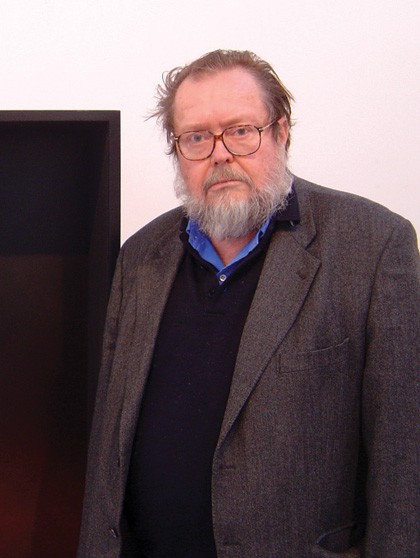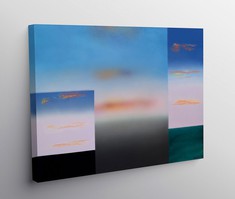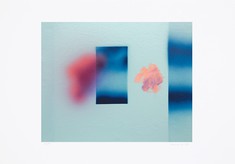
Noronha da Costa
"The attraction to the sea comes from my first youthful works"
Noronha da Costa is; is one of the fundamental artists of contemporary Portuguese art.
Trained architect, he soon revealed a great aptitude for the visual arts (his paintings still cause astonishment at the age of 14) having developed a remarkable work as a painter, filmmaker and photographer.
He exhibited individually for the first time in 1962 (Lisbon, Paris, Munich) and his work was the subject of important retrospectives at the Calouste Gulbenkian Foundation and at the Center Belém Cultural. He represented Portugal at the São Paulo Biennial and the Venice Biennale. In 1999 he was awarded the European Painting Prize and in 2003 he was awarded the prestigious AICA Prize.
Noronha da Costa published a set of works with the CPS, all practically out of print. Regarding these new editions, we spoke with the artist.
The sea and women are very present in his work. Is there a reason?
The sea and women are extremely important elements. Saying Sea and saying Woman is; the same thing. Therefore, there is It is a feminine image that is simultaneously maritime, where figurative elements are fundamental.
In previous editions made with the CPS, these figurative elements are a constant. What can you tell us about these new editions that reflect on the image but without the need for the figure?
It can be said that there is There is a debug that requires this representation. The previous expressions are more linear. Despite not having a human figure, these works have a great poetic charge. The attraction of the sea is already growing. comes from my first youthful works, specifically romantic ones, but romanticism remains evident in my work, along with other influences.
Do these works also have more connections to cinema?
Cinema plays a very important role here because it is the moving image and today we really cannot do without the cinematographic image. I paint images of images, my paintings work like screens where it is possible to create images. I need to know how to look. There are is an extraordinary example that is the case of Fritz Lang's masterpiece, Moonfleet or Redbeard's Treasure. There everything merges, romanticism, women, there is It's a complete tune with a completely tragic ending. An eternal film of romanticism and love.
In the context of your neo-romantic proposal, far removed from current times, what would you like to say to young people in your relationship? ;what about art?
I think that today there is an extremely important relationship with art that goes back to so many things and, if we want, from very different origins. As such, I want to quote Jules Verne who presents himself to us in a childish way but with the eyes of a grown man. I believe that this imagery is easier to read for young people, to whom I suggest that they not lose the primacy of their imagination. Hence the importance of living with Art. In Jules Verne there is This unity of adventure and child. Living with the artistic object helps maintain the startled gaze, that primordial child's gaze.
A certainly memorable period for you.
Up to at the age of ten I lived in S. Pedro do Estoril on the sea. Influenced by my grandmother He painted themes of rocks, sea and storms. The sea is an obsession. The Portuguese sea, the universal sea, I would say is not the Algarve sea which is an extension of the Mediterranean. The sea I refer to is the sea on the western coast, remembering Jules Verne, as a great driver of adventure and discovery.
Returning to the present editions, what interests me is the sea. How to create a symphony in these seas and these skies.
Does this musicality connect you to a composer?
Yes, especially to German romanticism and, especially, to Mahler. His adagietto from the fifth symphony is now available. always present.
When you paint the music you are painting. present?
Only Sometimes I listen to music, namely Mahler and Brahms, less Wagner and more Mendelssohn. Creating is It is always a solitary and silent act.

